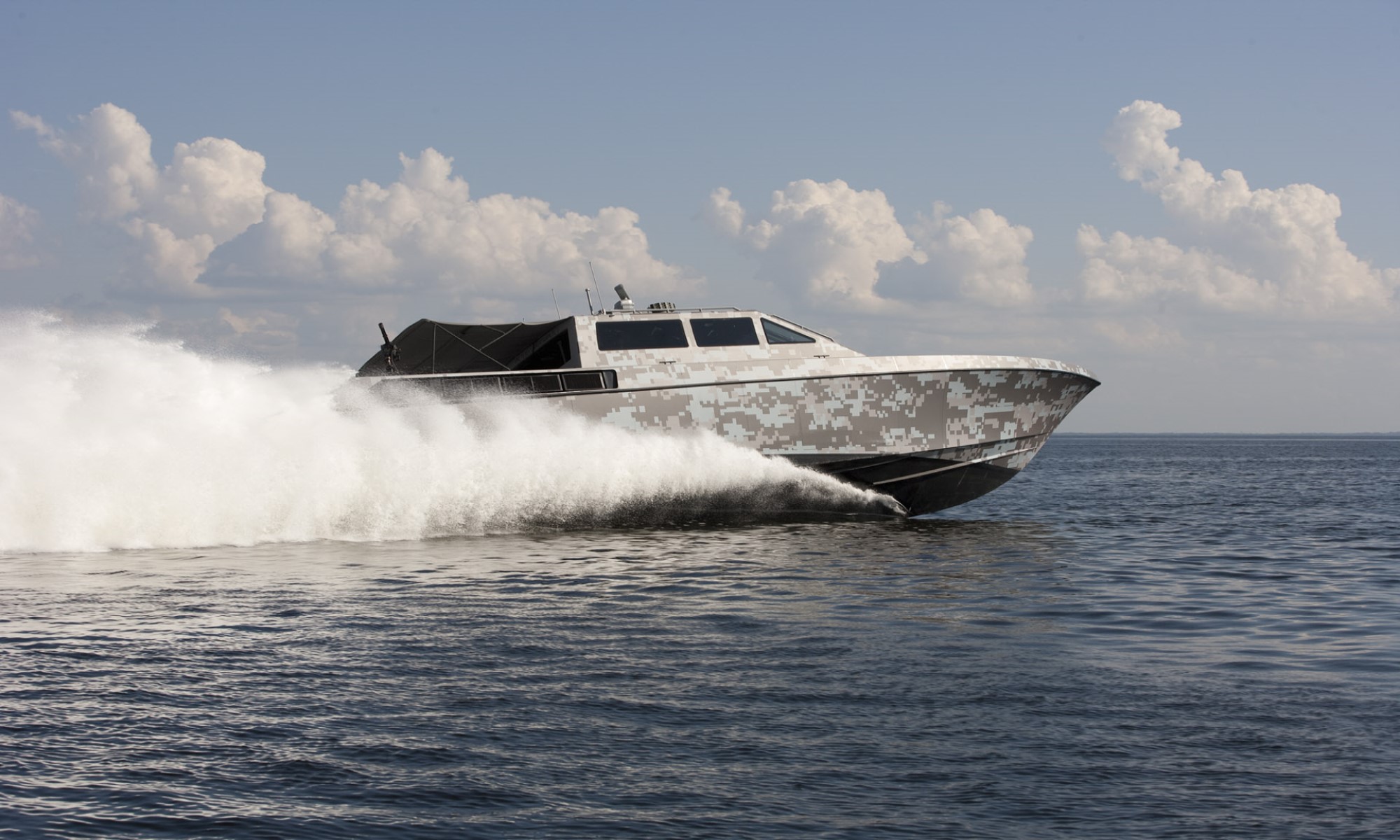DLBA UNIVERSITY
Planing in Extreme Conditions
FEBRUARY 16, 2020
By Donald L. Blount and Jack Funkhouser
When you think about high speed craft, like the two projects SeaForce 410 CC and the CFD simulations for Scout Boats, one question that should flash through the designer’s mind is: “Will she become airborne?” This is an important question to know the answer to as it significantly increases structural loading on the hull structure and other components.
Design accelerations for dynamic supported craft are non-linear, which means that they don’t increase in a predictable way as sea state increases. This is because of two factors: 1) not every wave in a sea way is the same, and the larger ones will be quite a bit larger than the average, and 2) once the vessel launches from the waves, the impact upon re-entry can be exponentially higher than normal accelerations. Understanding if item 2 will occur, will enable to design to select appropriate design accelerations for the hull and onboard equipment. Recognizing the need for this knowledge, DLBA developed an evaluation technique based on model test data of a range of high speed hull form. The results of this effort are captured in this paper a simple technique for determining if a vessel will become airborne.

Conclusions
> Wave period in a planing vessel’s operational area has a significant influence on vertical acceleration.
> The likelihood that a planing craft becomes airborne has dependencies on speed, H1/3/ ∇1/3, and maximum wave slope.
> The probability that vertical acceleration at the stern may dominate the design of a high-performance craft operating in random waves considering human factors and hull structure increases with speed.
If you would like to receive the full paper or discuss this subject, please contact Jeffrey Bowles.

References
Global wave statics online (BMT Fluid Mechanics), http://www.globalwavestatisticsonline.com.
E.V. Lewis, Editor, “Principles of Naval Architecture, Second Revision, Volume III – Motions in Waves and Controllability,” SNAME, 1989.
Rameswar Bhattacharyya, “Dynamics of Marine Vehicles,” John Wiley & Sons, 1978.
D. Savtisky and J.G. Koelbel, Jr., “Seakeeping of Hard Chine Planing Hulls,” SNAME T&R R-42, Nov. 1992.
Share this article online:
HOW CAN WE HELP YOU?
FEEL FREE TO CONTACT US

DLBA Naval Architects
860 Greenbrier Circle, Suite 201 Chesapeake, Virginia 23320 USA
Phone: 757-545-3700 | Fax: 757-545-8227 | dlba@gibbscox.com
STAY UPDATED
SIGN UP FOR OUR NEWSLETTER
Keep your finger on the pulse of the latest points of focus in naval architecture and engineering: subscribe to DLBA’s concise monthly newsletter. Within it, we briefly describe and picture our latest projects and concepts. We encourage feedback and seek to have our newsletter spark conversation regarding potential collaborations and further advancements as we share our passion for the industry.
